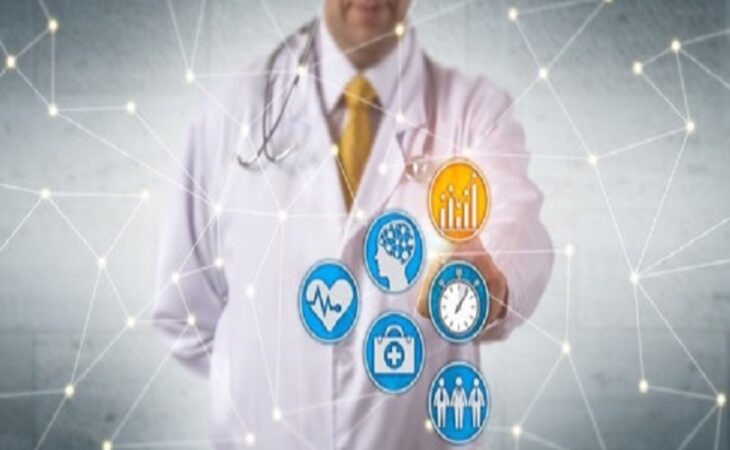Welcome to Ibex Analytics
- +14253899644
- 14121 Tukwila International Blvd, Tukwila WA 98168
- info@ibexanalytics.net
Welcome to Ibex Analytics

Statistical models and machine learning algorithms are used in predictive analytics to look at data and make predictions about what will happen in the future. Predictive analytics can be used in many ways to improve the health of patients and the speed with which care is given. Predictive analytics is used in healthcare to predict things like a patient’s return to the hospital or how well they will respond to treatment. This can help doctors make better decisions about how to care for and treat a patient. Predictive analytics is also used in the field of population health management. This is the process of looking at data from a large number of patients to find trends and patterns that can be used to improve the health of the population as a whole.
Clinical trials are also using predictive analytics more and more to find out which patients are most likely to respond to a certain treatment and to improve the design of the trial so that it has the best chance of being successful. This can help researchers figure out which treatments have the best chance of working and speed up the process of making new drugs.

Advantages of Predictive Analytics in Healthcare and Clinical trials
The fact is that the growth of advanced analytics in healthcare right now is just the tip of the iceberg. The use of predictive analytics in healthcare has a lot of benefits. And soon there will be a lot more of them. Some of the most basic are on the list below.
1. Speeding up operational management
To make better business choices Using predictive analysis makes it possible to change how Business Intelligence strategies are set up, which makes it easier to access large amounts of data. Real-time reporting is fairly new, but it is slowly making its way into the healthcare industry and helping people make good decisions.
2. Fine-tuning Primary care diagnosis and treatment
With the new analytics based on artificial intelligence, predictions and data can be analyzed so that experts in the field can find answers to some diseases that can’t be cured. As a result, the death rate around the world would gradually go down.
3. More information will help people in risk groups get better care
The growing use of electronic health records and the need to report on pre-performance by law give valuable information about the health of certain social groups.
4. The best number of patients to staff
Valuable data, such as data on how pain changes with the seasons, data on the reputation of patients, and data from different health conditions, can confirm the pain that patients and people exchange. Healthcare facilities can take certain steps to help them grow, which will lead to a lot of patients taking the treatment route. Predictive analytics can help them use their resources, like people, more effectively.
5. Providing high-quality services that are focused on the patient
The health problems can also be fixed with the help of predictive analysis. For the first time, people who watch a person’s health, how the patient changes, and how much the person and the patient are paid can be used to find disagreements and places where high-quality, patient-centered services need to be improved.
6. Treatment Got Better Targeting
Predictive analytics makes it easier to find side effects and problems with a treatment. With traditional methods, it’s hard to do because some drugs and treatments work for some groups of patients but not for others. There are a few things going on here. Predictive analytics can help analyze data on side effects and come up with insights, contexts, and models that can help predict better outcomes and help GPs find the right treatments to treat the disease.
7. Predicting the risk
Based on a person’s health history and pre-existing conditions, predictive analysis can also help predict health risks, such as the chance of dying during surgery. It could also mean that a person with a disease like diabetes might need to go to the hospital. In a study that is still going on at the University of Pennsylvania, patients can be told they are going to have septic shock 12 hours before it happens.
In short, predictive analytics are used in healthcare to help make decisions by predicting what will happen in the future, finding trends and patterns, improving clinical trials, and helping to manage the health of a whole population.